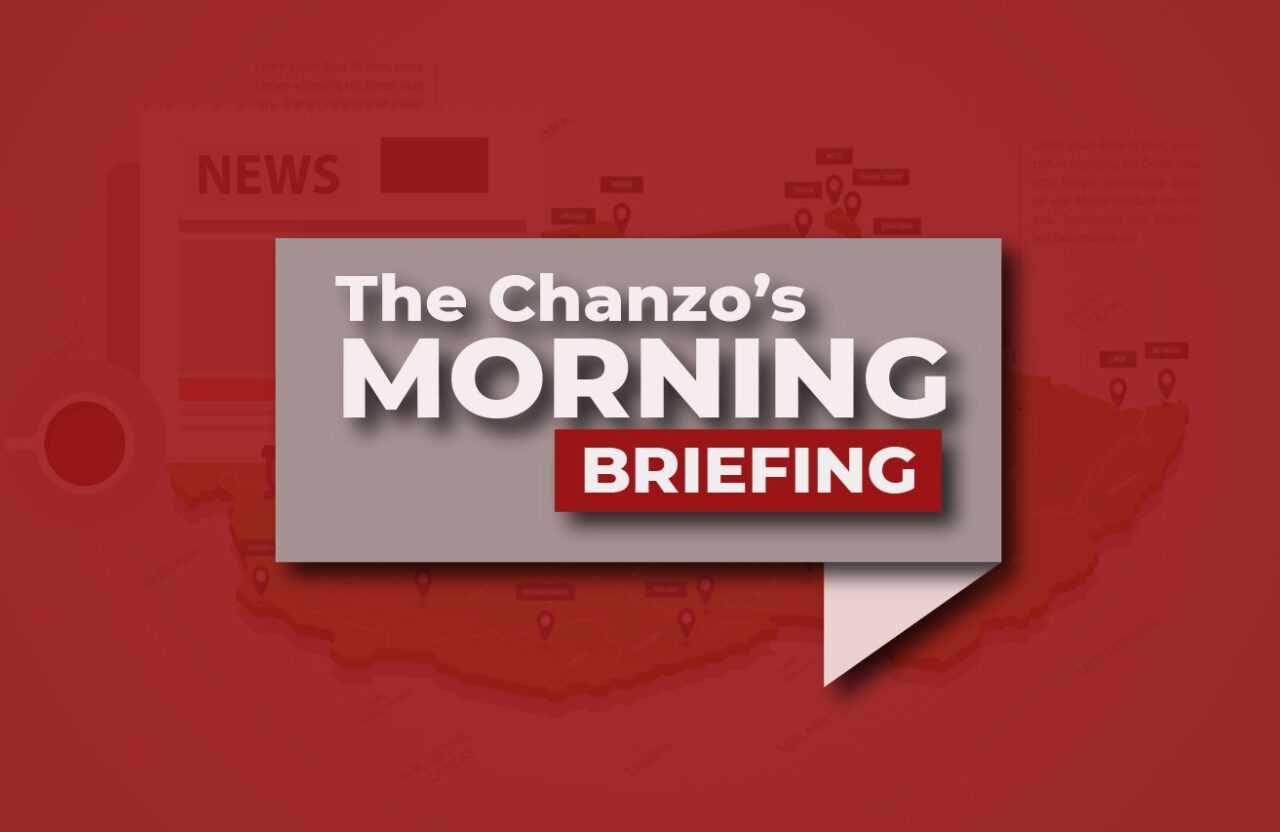Being the most populous city in Tanzania with over five million inhabitants, which is nine per cent of all people in Tanzania Mainland, Dar es Salaam accounts for the highest number of private schools, with 22 per cent of all private schools in the country.
According to an analysis of data from COBET, the National Examination Council of Tanzania (NECTA), and the Population and Housing Census 2022, Dar is the only city whose number of private primary schools exceeds that of public schools by seven per cent.
While almost a quarter of all privately owned primary schools are located in Dar, the second quarter belongs to the regions of Mwanza, Arusha, Kilimanjaro, and Pwani, which is the closest to Dar.
In other words, 50 per cent of all privately owned primary schools in Tanzania are located in just five out of 26 regions of Tanzania Mainland.
On the contrary, only three per cent of private schools are located in the bottom five regions that, include Katavi (nine schools), Mtwara (13 schools), Simiyu (14 schools), Rukwa (15 schools) and Lindi (15 schools).
READ MORE: Dar To Become A Megacity. But Is It Prepared?
Why is Dar es Salaam and other larger cities such a hotspot for private education?
The distribution of private schools across the country caters to the more affluent and urban segments of society.
Based on the data, we see a relationship between Tanzania’s population and the location of private schools.
One possible explanation is that the city attracts more affluent and educated families who can afford to pay for private schooling, which ranges from a few hundred thousand to four million per year, depending on the status of the school.
Private schools that offer international curricula are exceptionally expensive, and only a few can afford to enrol their children.
Another possible explanation is that there is a higher demand for private schools in the city due to the perceived or actual low quality of public education, which suffers from overcrowding and teacher shortages.
A third possible explanation is that private schools offer more diverse and international curricula, such as CBSE, ICSE, CIE CAIE Cambridge, IB and state board, which may appeal to parents who want their children to have a competitive edge in the global market or to pursue higher education abroad.
The trends influence all these possible scenarios in the population size and structure.
Tanzania’s population is growing alarmingly while many people, especially youths, move from rural to urban areas such as Dar, Mwanza, and Arusha.
READ MORE: Disoriented Education: Why University Degree Is Now More Questionable Than Ever?
Data suggests a high demand for private education in urban settings, especially among the residents who can afford it.
On the other hand, regions with low population densities, such as Katavi and Lindi, tend to have the least number of private schools.
Interestingly, regions with higher percentages of rural private schools also tend to have higher percentages of mixed private schools.
Kagera and Kilimanjaro are good examples. This indicates that some private schools are located in areas that are not strictly urban or rural but somewhere between.
Generally speaking, regions with higher population densities, higher urbanisation levels and higher income levels tend to have more private schools than regions with lower population densities, lower urbanisation levels and lower income levels.
Michael Kamukulu is a data analytics and visualisation consultant based in Dar es Salaam. He’s available at kamukulumichael@gmail.com or on Twitter as @MKamukulu. These are the writer’s own opinions and do not necessarily reflect the viewpoints of The Chanzo. Do you want to publish in this space? Contact our editors at editor@thechanzo.com.




